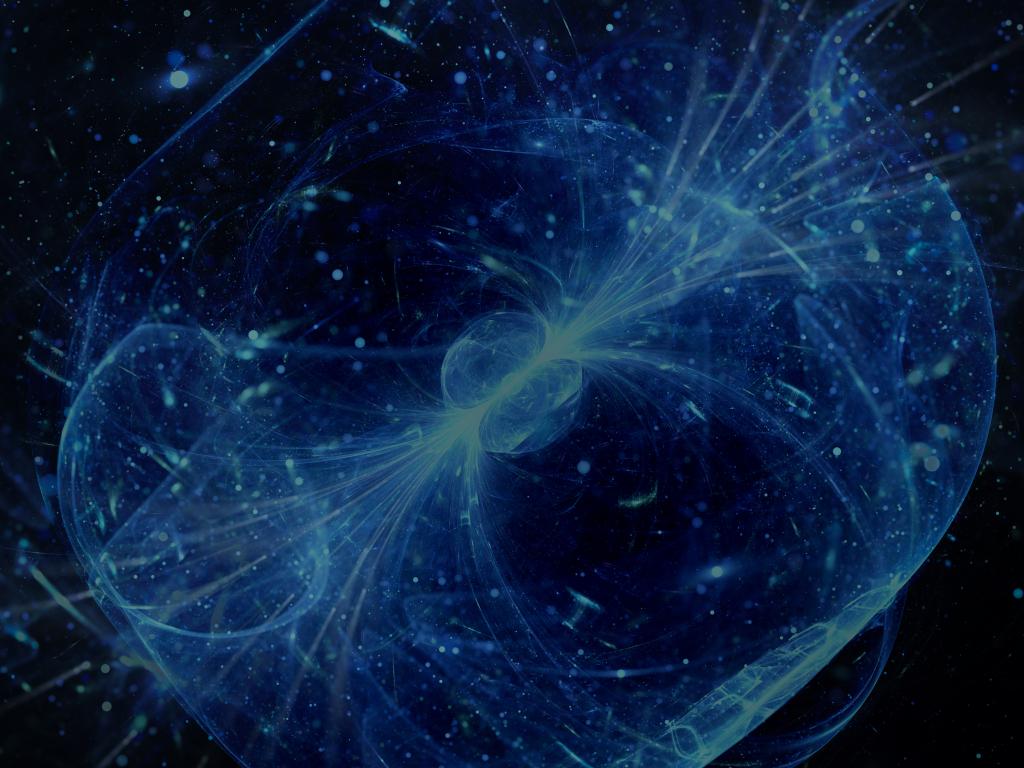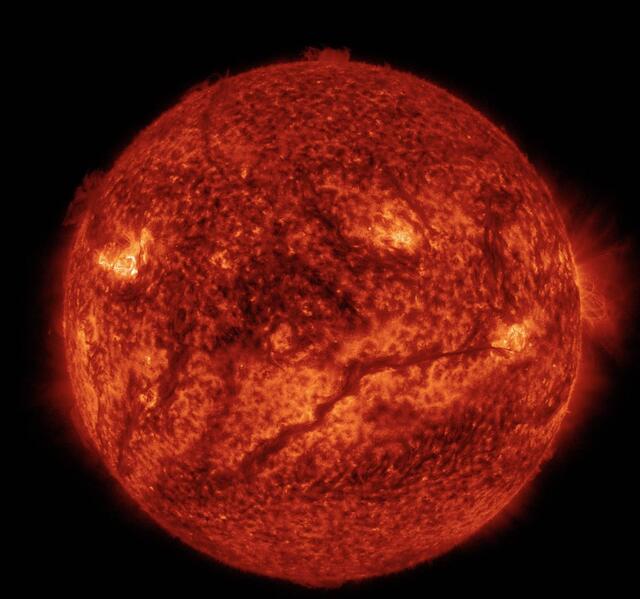Admission CTAs
Attie receives funding for project on deep learning for ensembles of high-resolution and high-cadence transverse velocity maps
Raphael Attie, Research Assistant Professor, Physics and Astronomy, received funding from the University of Colorado Boulder (CU Boulder) on a subaward from NASA-Goddard Space Flight Center for the project: "Deep Learning for Ensembles of High-Resolution and High-Cadence Transverse Velocity Maps."
Attie will apply his expertise in tracking solar plasma flows for enhancing the robustness of Deep Learning (DL) models, implemented as Artificial Neural Networks, which will infer transverse velocity fields from real photospheric observations.
Specifically, he will:
- Modify simulation “training” data consisting in different synthetic flows with known offset velocities;
- Assess the accuracy of the inference of the known offset velocities; and
- Compare the performance and accuracy of the DL model over different scales against non-DL methods.
Attie will deliver the results of these tasks to the principal investigator at CU Boulder (Benoit Tremblay, Research Associate, Laboratory for Atmospheric and Space Physics). These results will be the subject of scientific publications and conferences.
Regarding the project's impact, Attie said, "Photospheric flows can convert kinetic energy into magnetic stress, thus they hold the key to understanding the energetics of the solar surface. For decades, our ability to resolve flows has been limited by a combination of instrumental resolution, and the limitation of the processing algorithms that analyze the images coming from them. Using Deep Learning trained on MHD simulation, we will measure the plasma flows at unprecedented resolutions, which will open a new discovery space in the physics of the Sun."
Attie received $14,182 for this project. Funding began in late Feb. 2022 and will end in Nov. 2023.

